According to the World Bank, in low-income countries, only one in three girls finishes the first cycle of secondary school.
Image: Bigstockphoto
If all the girls in the world complete 12 years of education, the lifetime income of women could increase between 15 billion and 30 billion dollars, the World Bank estimates.
According to the report “Missed Opportunities: The High Cost of Not Educating Girls,” carried out by the World Bank, with support from the Children’s Investment Fund Foundation, the Global Partnership for Education, and the Malala Fund, in low-income economies only one in three girls finishes the first cycle of high school.
data-animation-override>
“We cannot keep letting gender inequality get in the way of global progress (…) Inequality in education is yet another fixable issue that is costing the world trillions.”
The report states that if all girls complete high school:
- They would be better prepared to be healthier and to form less numerous families. Their children would have lower risks of contracting illnesses and dying, and greater possibilities of succeeding as their parents.
- They would earn twice as much salary as girls who only complete primary education.
- Child marriage could be eradicated and the risk of becoming mothers before age 18 reduced by 75%.
- It could help to reduce 0.3 percentage points in world population growth; this decrease could generate $3 trillion in annual benefits.
- In developing countries, knowledge about venereal diseases such as HIV/AIDS could be increased.
- It could reduce the risk of partner violence and decrease the risk of under-5 mortality.
- It could help to increase the decision making of women in their homes.
data-animation-override>
“When 130 million girls are unable to become engineers or journalists or CEOs because education is out of their reach, our world misses out on trillions of dollars that could strengthen the global economy, public health, and stability.”
This year, a UNESCO report stated that the world is still far from guaranteeing education for all children, adolescents, and young people, of any gender. In 2015, there were 264 million children and young people from primary and secondary school without access to school.
The UN’s 2030 Agenda for Sustainable Development states that it is not possible to realize all the human potential and achieve sustainable development if we continue to deny half of humanity the full enjoyment of their human rights and their opportunities. However, only 44% of the countries have committed to achieving this educational equity.
This article from Observatory of the Institute for the Future of Education may be shared under the terms of the license CC BY-NC-SA 4.0 
)
)
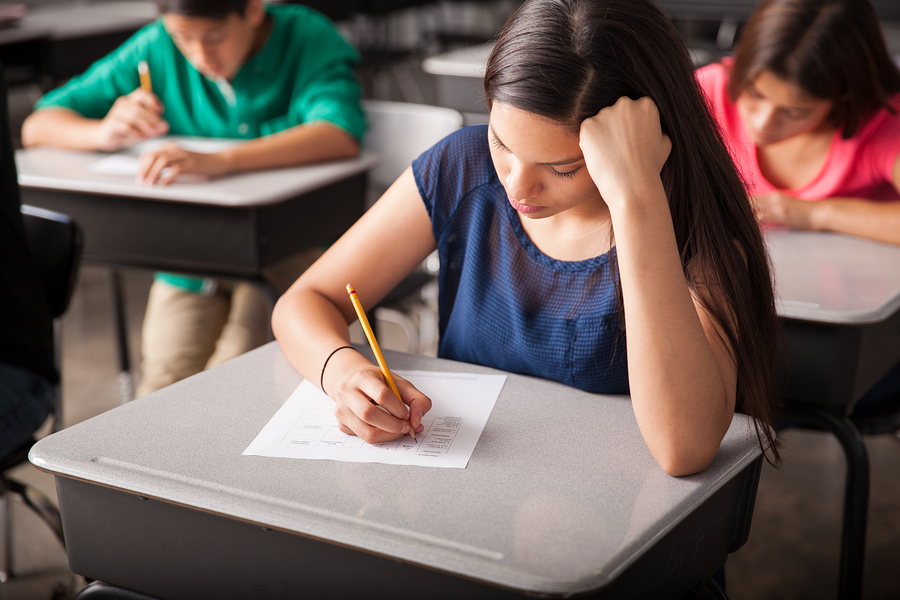
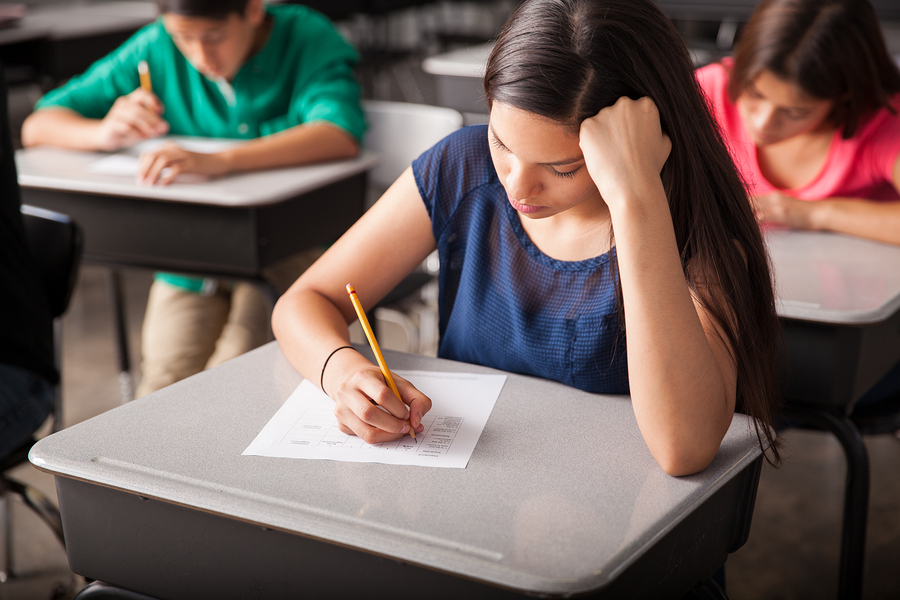
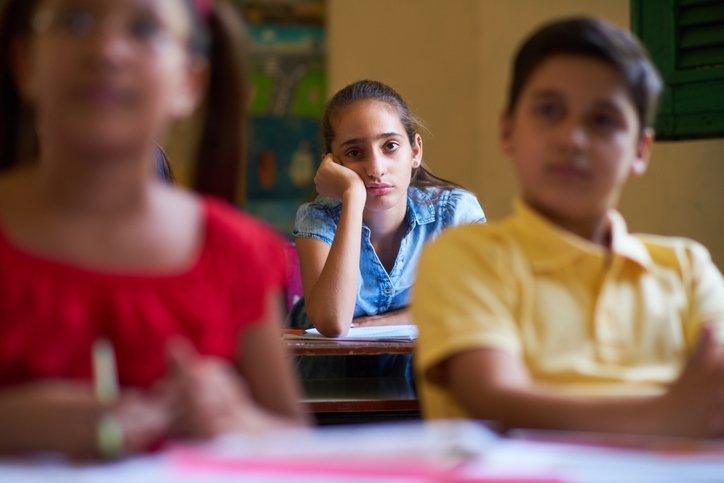
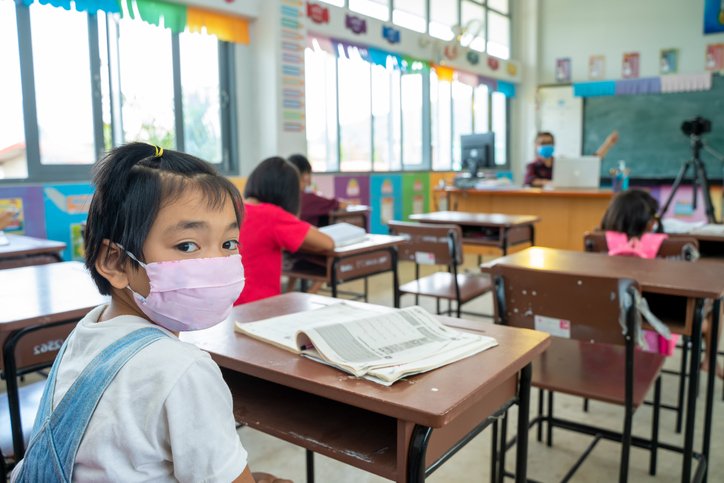

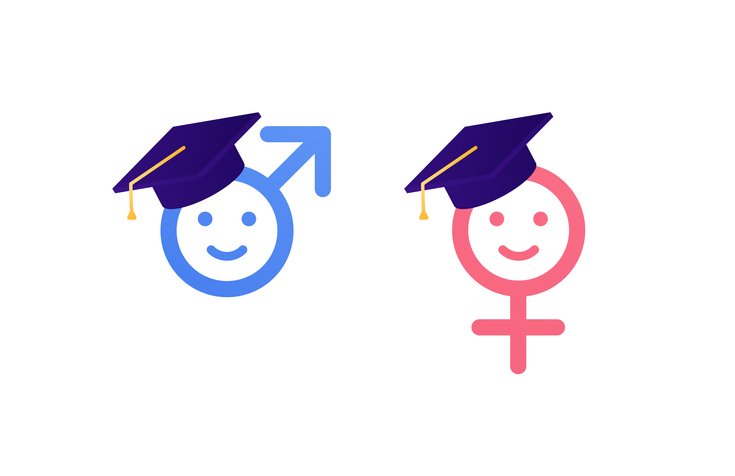

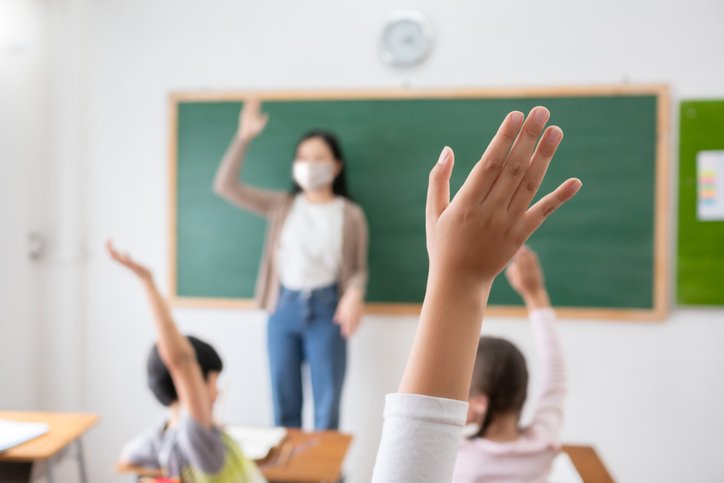



)
Paulette Delgado
Paulette Delgado
Paulette Delgado